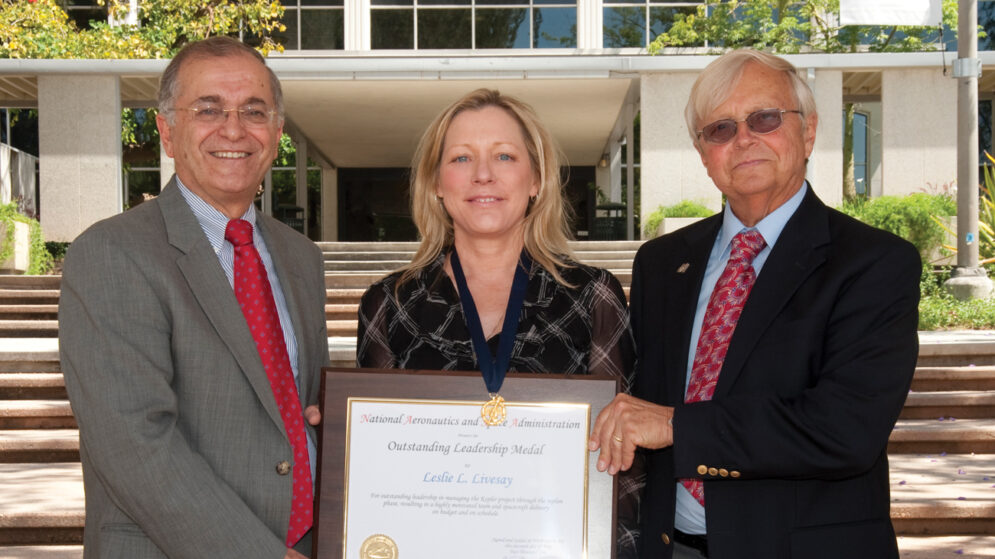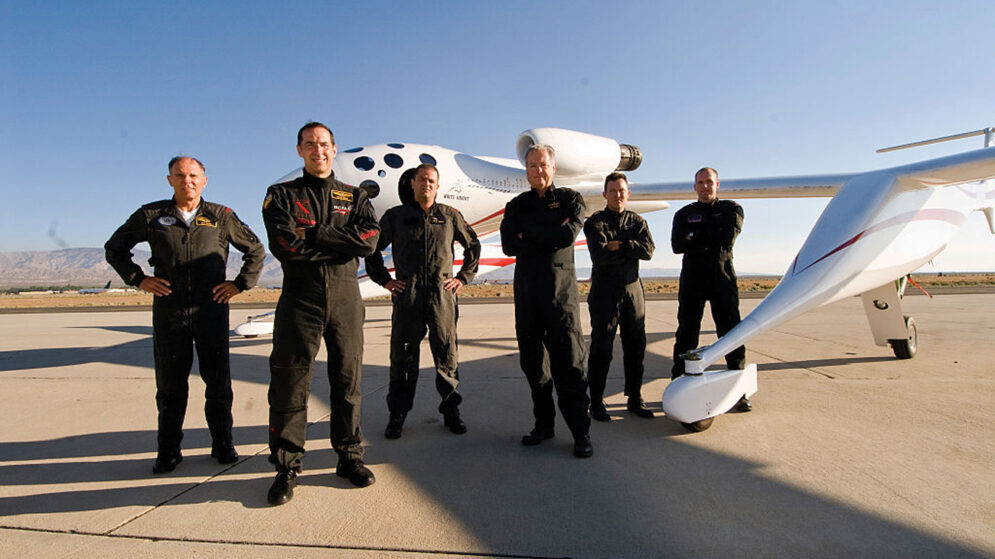A Legacy in Space
Mars Rocks!
Alumna Christina Hernández has charted new territory — from Mars to distant asteroids — all while inspiring the next generation of Spanish-speaking engineers.
By Gabby Ferreira and Robyn Kontra Tanner
Image courtesy of Christina Hernández and NASA/Jet Propulsion Laboratory
Portrait by Paola Kudacki
Share this article:
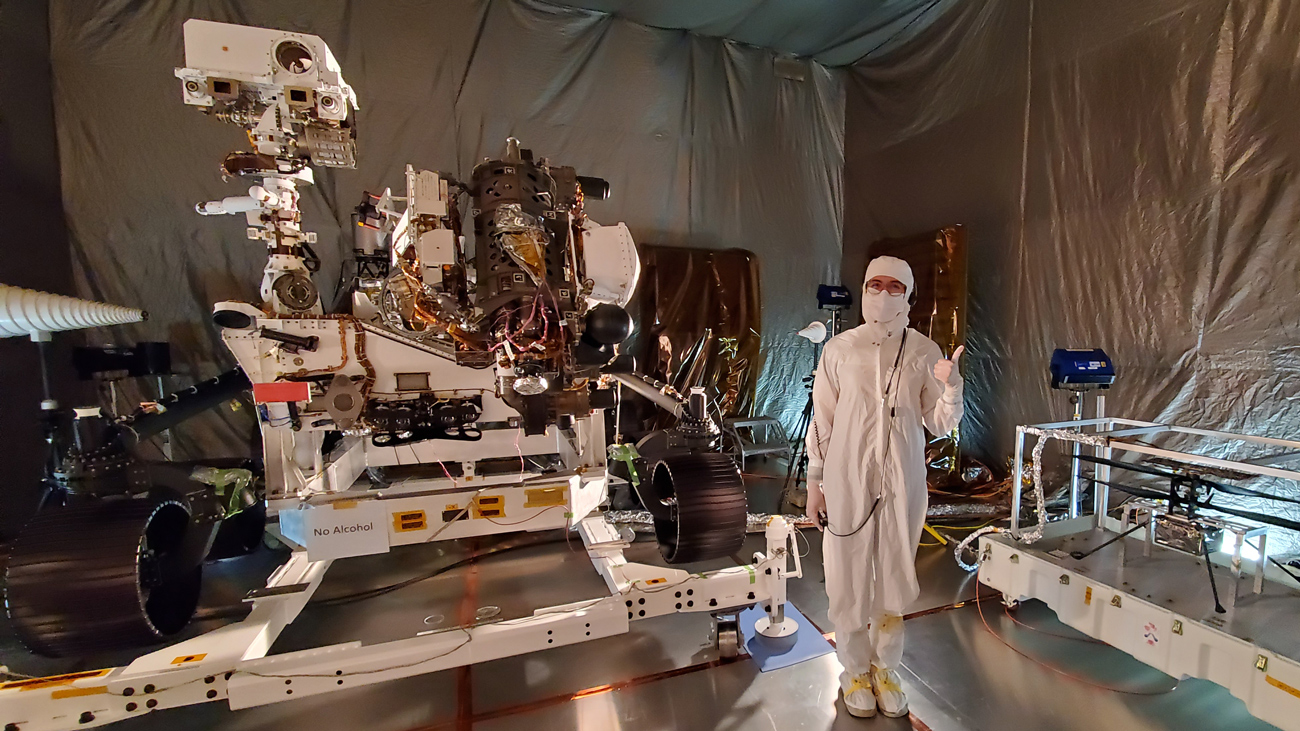
Hernández works with the Mars Perseverance rover during its testing phase, including three instruments she helped develop: MEDA, RIMFAX, and PIXL. Image courtesy of NASA/JPL-Caltech.
In 2021, people around the world cheered as NASA’s new Perseverance rover hurtled toward the surface of Mars for a landmark mission. The rover and the Ingenuity Mars helicopter were poised to explore the planet like never before.
Alumna Christina Hernández (Aerospace Engineering ʼ13, M.S. Aerospace Engineering ʼ13) was a payload systems engineer at Jet Propulsion Laboratory focused on the rover’s X-ray spectrometer, called PIXL (Planetary Instrument for X-ray Lithochemistry). She recalls a breathtaking moment while performing a routine check up on the instrument during its flight to Mars. She sent a test command signal to PIXL, but nothing happened for a beat. Hernández wondered if she made a mistake. Then, she had an epiphany.
“It was because the spacecraft was seven light seconds away,” she said, marveling that something she spent years developing was already 1.3 million miles from Earth. “I got chills — you have these dreams, but when you actually do it, it’s almost unbelievable.”
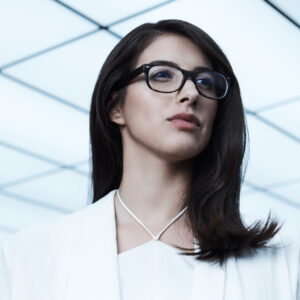 As a student, Hernández’s natural passion for science was transformed by Learn by Doing and the faculty mentors who helped her build confidence and dream big. After years with JPL’s most daring missions, she has emerged as a leader who can guide technical teams through steep engineering challenges and inspire a new generation of space explorers.
As a student, Hernández’s natural passion for science was transformed by Learn by Doing and the faculty mentors who helped her build confidence and dream big. After years with JPL’s most daring missions, she has emerged as a leader who can guide technical teams through steep engineering challenges and inspire a new generation of space explorers.
After Hernández shepherded PIXL through 120 sols — Martian days that last 24 hours, 39 minutes, 35 seconds — she handed the project off to other scientists. Then she joined the late-stage development of the Psyche mission’s spacecraft, launched in 2023 to survey a metal asteroid orbiting the sun between Mars and Jupiter.
Next, she turned her attention back to the red planet with the Mars Sample Return Program: an ambitious project that would bring Martian rocks and dirt to Earth for the first time. With these materials in hand, scientists can increase our understanding of the terrain and prepare for human exploration.
Instead of doing the hands-on technical work like she did during previous missions, Hernández guided other engineers through technical issues and high-pressure timelines as a team leader.
“It’s stressful leading up to a review. It’s hard when there are a lot of design issues that you have to solve,” Hernández admitted. “Experiencing that with a team who hasn’t yet gone through that has been challenging but incredibly rewarding.”
"Failing and then doing it again is one of the biggest things that you need to learn as an engineer."
Christina Hernández
Hernández recently took a new role managing systems engineers at defense company General Atomics. She’ll still be working with payloads bound for space, but she’s excited by the chance to innovate in a different context. Hernández feels excited about the industry as new players enter the field.
“One thing that makes me optimistic is there are all kinds of people and companies coming to the table,” she said. “I do believe that we can get there when you bring everyone from different places, different cultures, different types of education and different skill sets. You can really build something unimaginable.”
Hernández works to expand opportunities for others by connecting with Spanish-speaking students and parents about careers in aerospace. She travels to schools and educational conferences to talk about her roles in the industry to encourage more young people to dive into math and science.
“When you know a different language, you can reach a different population because speakers aren’t [often] available to them,” Hernández said. “So many parents — regardless of where they come from or what they do — just want the best for their kids. Being able to speak Spanish to them, you can really see their excitement and empower them.”
In each new phase of her career, Hernández still finds moments that give her chills: realizations that she’s living the dream she imagined at Cal Poly.
“Failing and then doing it again is one of the biggest things that you need to learn as an engineer,” she said, imagining giving advice to her younger self — or any aspiring engineer or scientist who marvels at the universe.
“As you’re working on statics, dynamics and calculus three, it’s for a reason. You may not use that specific problem set in engineering, but that struggle — the even getting a C-minus or failing statics, which I did — is what’s going to build this resiliency that will allow you to be here.”
Life Before JPL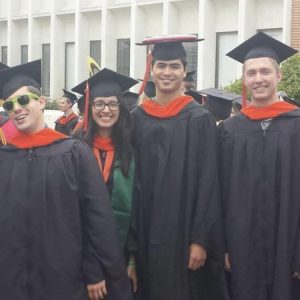
Rewind to 2021, when Cal Poly Magazine first met Hernández just after the Perseverance rover landed on Mars. She delves into her journey to Cal Poly, her Learn by Doing experience and the faculty mentors who gave her the confidence to pursue a career in aerospace engineering.
Your Next Read
A mathematics degree opened the door for Leslie Livesay to work on JPL’s most groundbreaking missions and become the lab’s first female deputy director.
Meet Peter Siebold and Michael Alsbury, two test pilots whose friendship and careers were intertwined through triumph and tragedy.


